Artificial Intelligence Solutions for Rural Agriculture
The agricultural industry is a major contributor to the global economy, providing food and other essential products for billions of people. However, the agricultural sector is also facing a number of challenges, including climate change, water scarcity, and labor shortages. Artificial intelligence (AI) can help to address these challenges and improve the sustainability and efficiency of agriculture.
AI for Precision Agriculture
Precision agriculture uses data and technology to improve the efficiency and sustainability of agricultural practices. AI can be used to collect and analyze data from a variety of sources, including sensors, drones, and satellite imagery. This data can then be used to create models that can help farmers make better decisions about everything from crop planting and irrigation to pest control and harvesting.
For example, AI can be used to create digital maps of fields that can help farmers identify areas that are more or less fertile. This information can then be used to optimize fertilizer application and water usage. AI can also be used to track the growth of crops and identify potential problems early on. This information can help farmers to prevent crop losses and maximize yields.
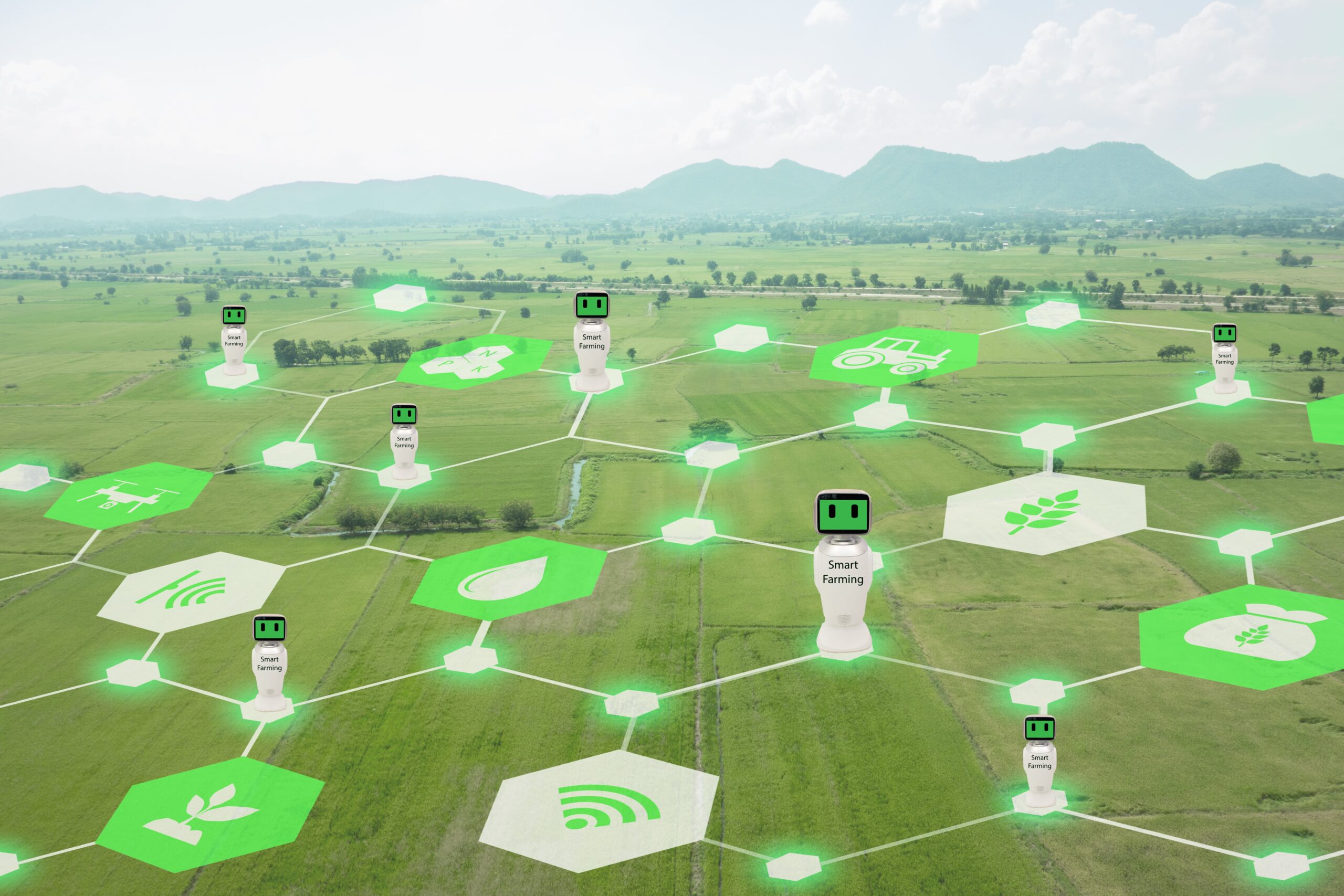
AI for Sustainable Agriculture
Climate change is a major threat to the agricultural sector, and AI can be used to help farmers adapt to changing conditions. For example, AI can be used to develop new crop varieties that are resistant to drought and pests. AI can also be used to create more efficient irrigation systems that can help farmers conserve water.
In addition, AI can be used to help farmers reduce their carbon footprint. For example, AI can be used to optimize livestock feed rations and manure management. AI can also be used to develop new farming practices that are more sustainable.
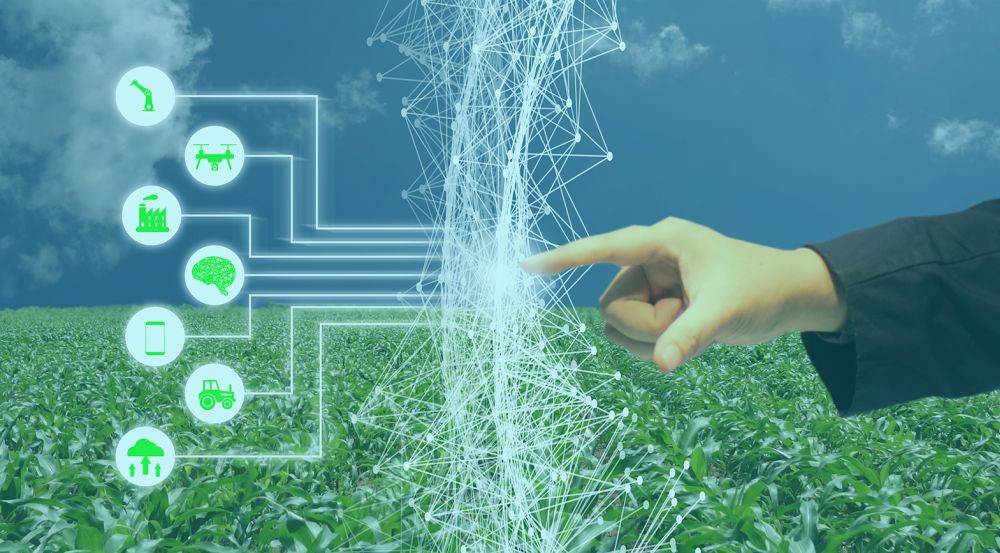
AI for Labor-saving Agriculture
The agricultural industry is facing a labor shortage, and AI can help to fill this gap. AI-powered robots can be used to perform a variety of tasks, including harvesting crops, milking cows, and feeding livestock. This can help farmers to reduce their labor costs and increase their productivity.
In addition, AI can be used to create new tools and technologies that can help farmers to work more efficiently. For example, AI-powered drones can be used to survey fields, spray pesticides, and harvest crops. AI-powered robots can also be used to milk cows, feed livestock, and manage irrigation systems.

The Benefits of AI for Agriculture
AI can provide a number of benefits for the agricultural sector, including:
- Increased efficiency: AI can help farmers to make better decisions about everything from crop planting and irrigation to pest control and harvesting. This can lead to increased yields and reduced costs.
- Sustainability: AI can help farmers to adapt to changing climate conditions and reduce their environmental impact.
- Labor-saving: AI can help farmers to fill the labor shortage and increase their productivity.
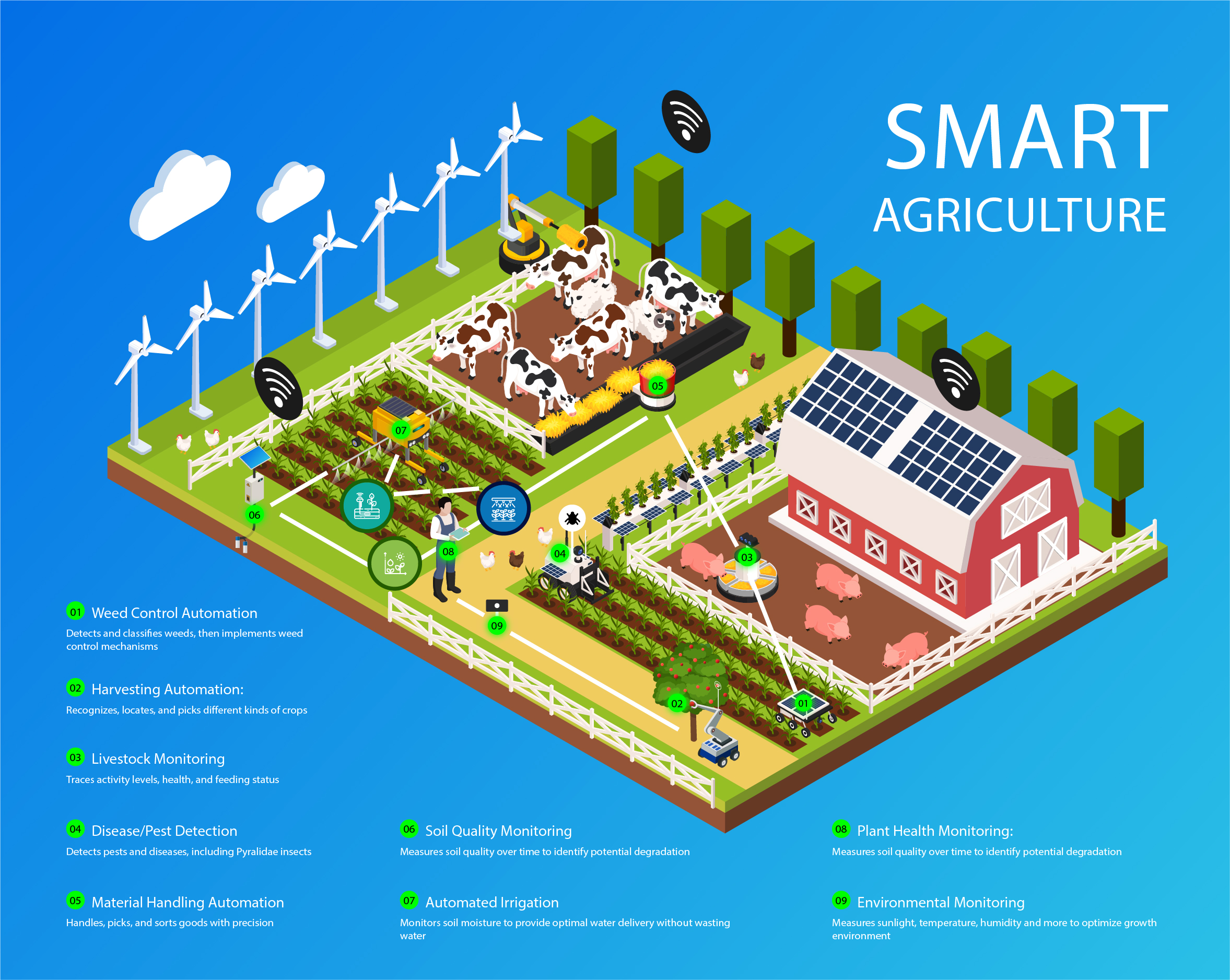
Challenges to Adopting AI in Agriculture
There are a number of challenges to adopting AI in agriculture, including:
- Cost: AI-powered technologies can be expensive to purchase and implement.
- Data: Farmers need to collect and preprocess data in order to use AI effectively. This can be a time-consuming and challenging process.
- Technical expertise: Farmers need to have the technical expertise to use AI effectively. This can be a barrier for smaller farms and farmers in developing countries.
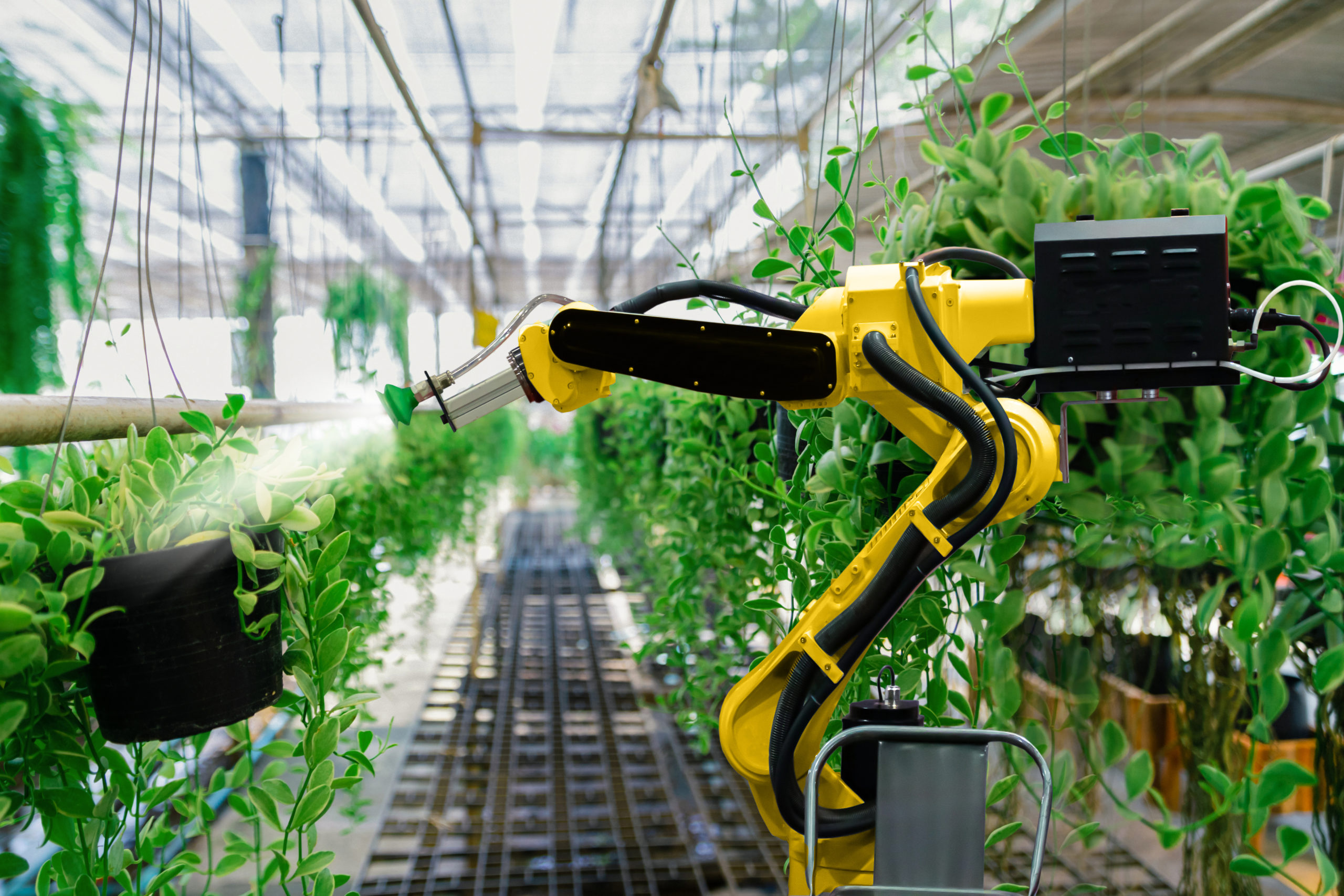
The Future of AI in Agriculture
AI has the potential to revolutionize the agricultural sector, and it is expected to play an increasingly important role in the years to come. As AI technologies continue to develop, they will become more affordable and accessible to farmers. This will make it easier for farmers to adopt AI and reap the benefits it has to offer.
Here are some of the ways that AI is expected to impact agriculture in the future:
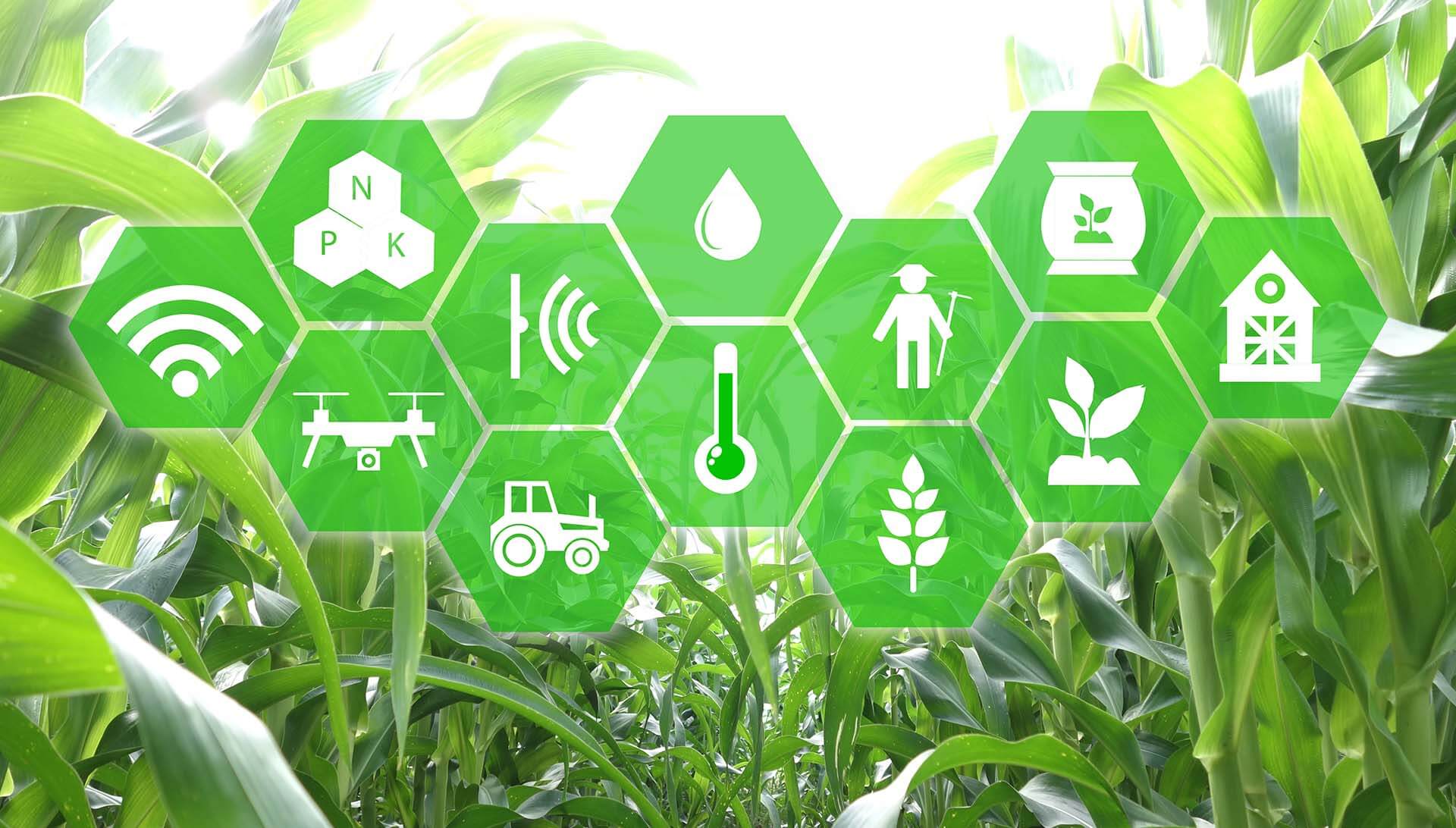
- AI-powered robots will perform a variety of tasks on farms, including harvesting crops, milking cows, and feeding livestock. This will help farmers to reduce their labor costs and increase their productivity.
- AI-powered drones will be used to survey fields, spray pesticides, and harvest crops. This will help farmers to collect data and apply treatments more efficiently.
- AI-powered software will help farmers to make better decisions about everything from crop planting and irrigation to pest control and harvesting. This will lead to increased yields and reduced costs.
- AI-powered technologies will help farmers to adapt to changing climate conditions and reduce their environmental impact. This will be essential for the long-term sustainability of the agricultural sector.
AI has the potential to make a positive impact on the agricultural sector, and it is expected to play an increasingly important role in the years to come. By helping farmers to increase their efficiency, sustainability, and productivity, AI can help to ensure that the agricultural sector can continue to meet the needs of the growing global population.
Conclusion

The agricultural industry is facing a number of challenges, but AI can help to address these challenges and improve the
Post a Comment